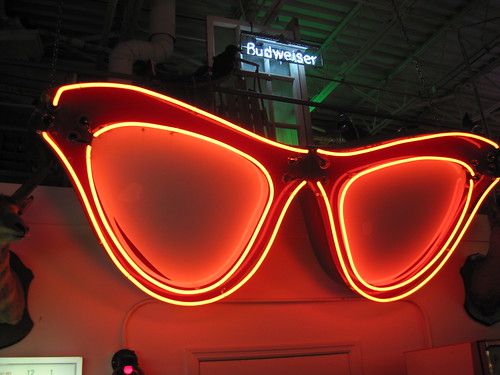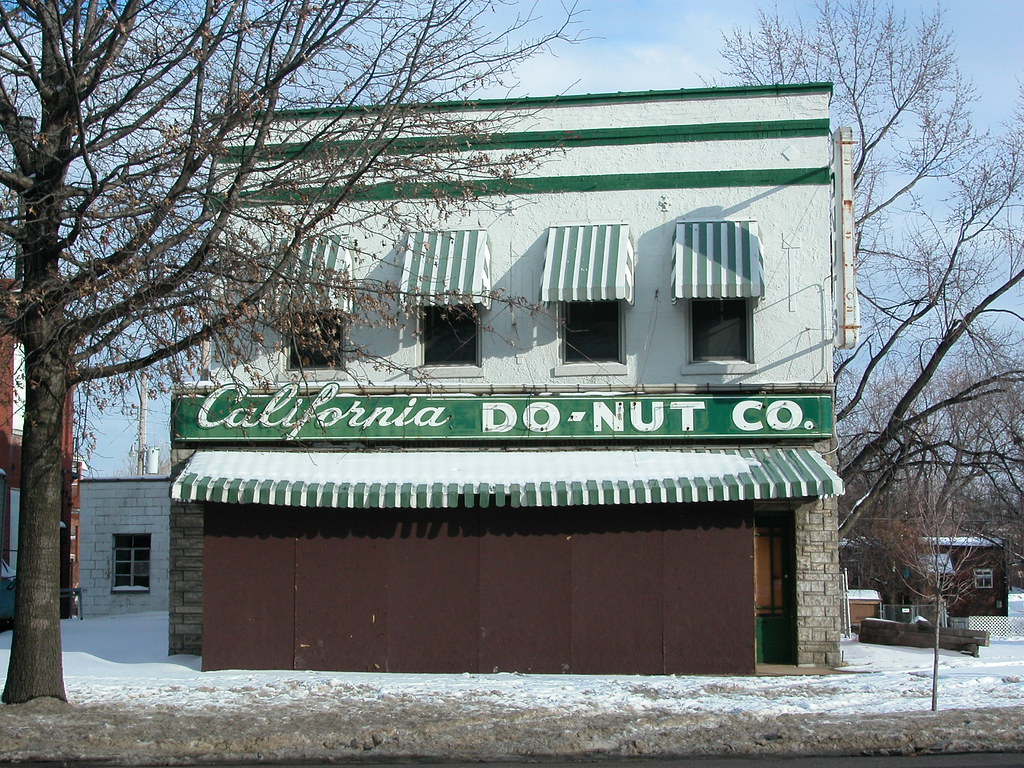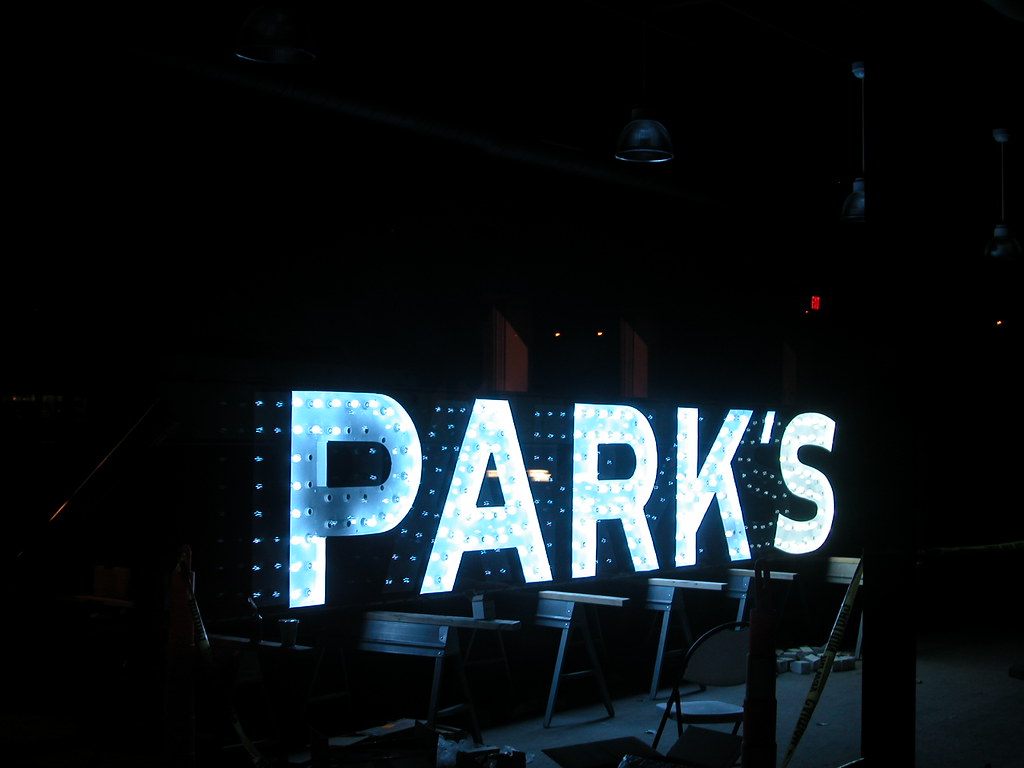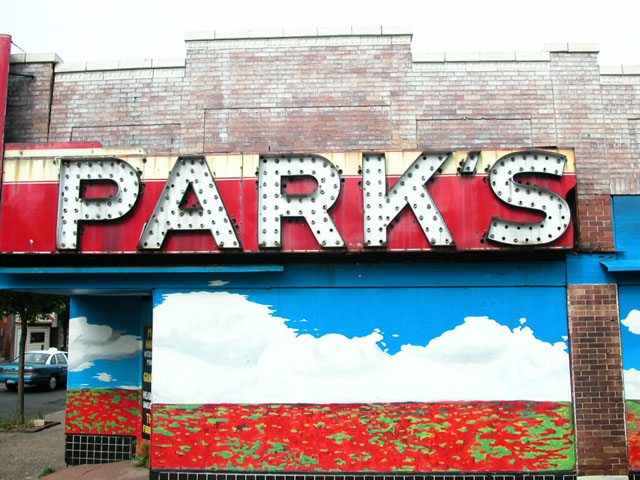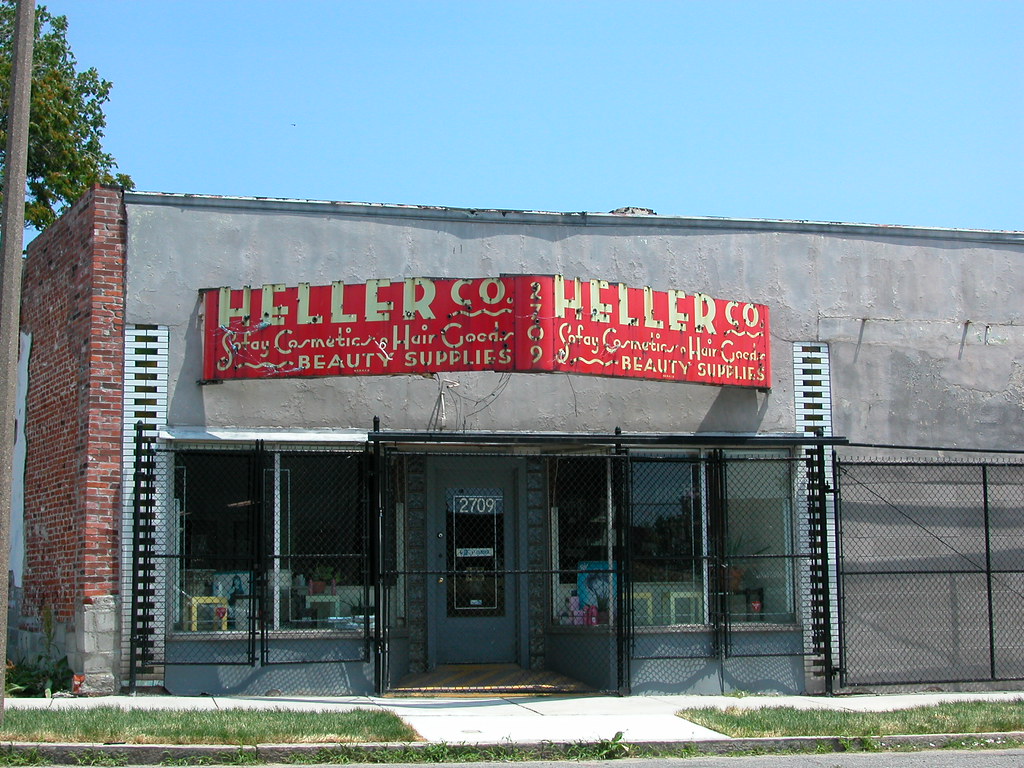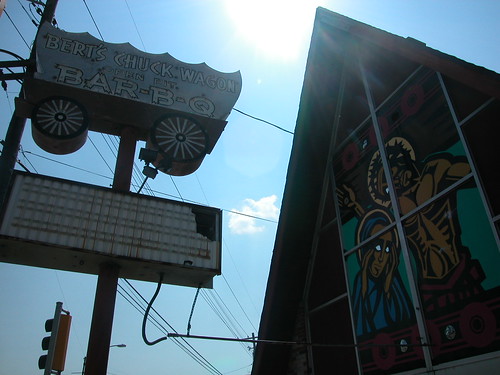 The Madison County Journal reports that Collinsville mid-century landmark Bert's Chuck Wagon Bar-B-Q (see "Heavenly Bar-B-Q" will be demolished soon for widening of Illinois Highway 159. Bert's Chuck Wagon will relocate to a nearby location on Main Street and move the fine conestoga sign to the new location. The A-frame building with the vivid religious scenes painted in its gable end windows, however, will be history.
The Madison County Journal reports that Collinsville mid-century landmark Bert's Chuck Wagon Bar-B-Q (see "Heavenly Bar-B-Q" will be demolished soon for widening of Illinois Highway 159. Bert's Chuck Wagon will relocate to a nearby location on Main Street and move the fine conestoga sign to the new location. The A-frame building with the vivid religious scenes painted in its gable end windows, however, will be history.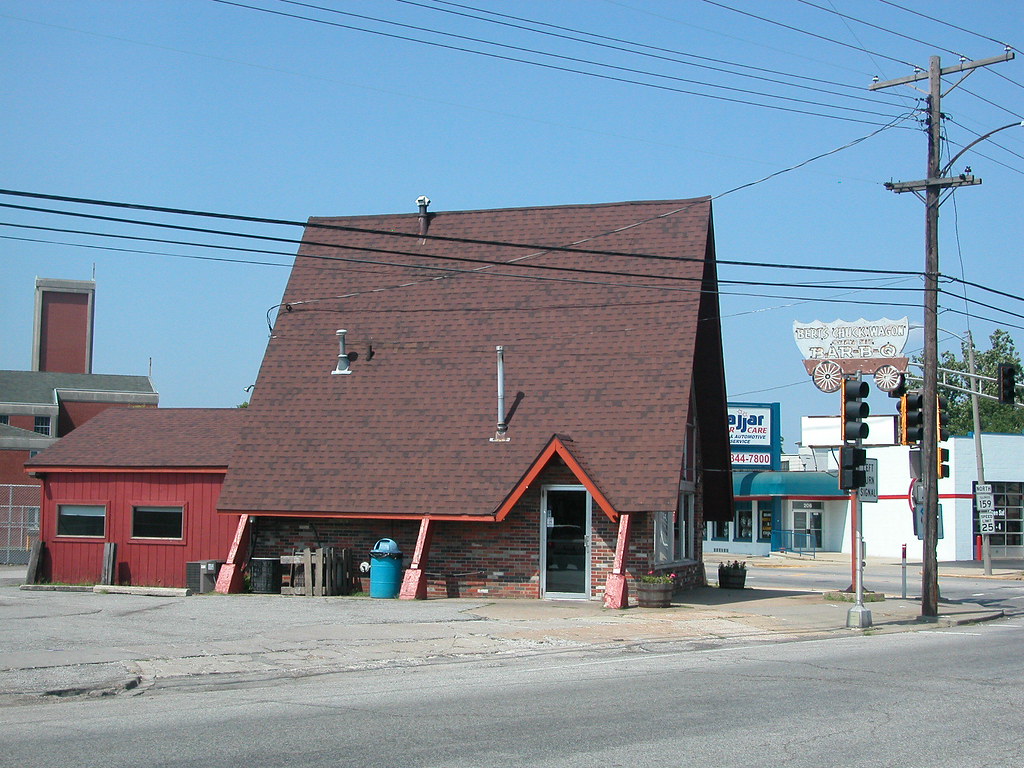
 The widening of Illinois 159 costs the state $56 million, and the sites of several tax-paying small businesses -- not to mention at least one landmark mid-century building. Such an expensive project in recession may very well take away more economic activity over the long run than it generates.
The widening of Illinois 159 costs the state $56 million, and the sites of several tax-paying small businesses -- not to mention at least one landmark mid-century building. Such an expensive project in recession may very well take away more economic activity over the long run than it generates.See also "Mid-Century Modernism in Collinsville" (August 8, 2008).



